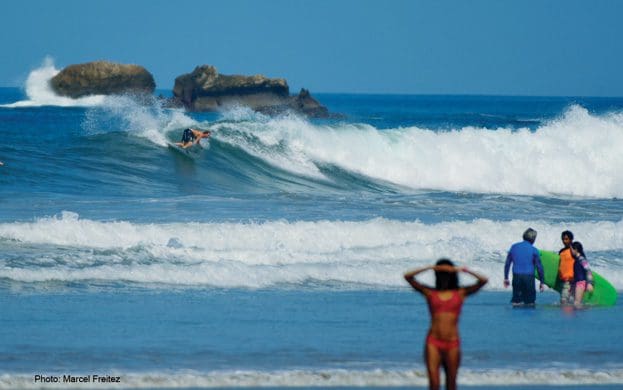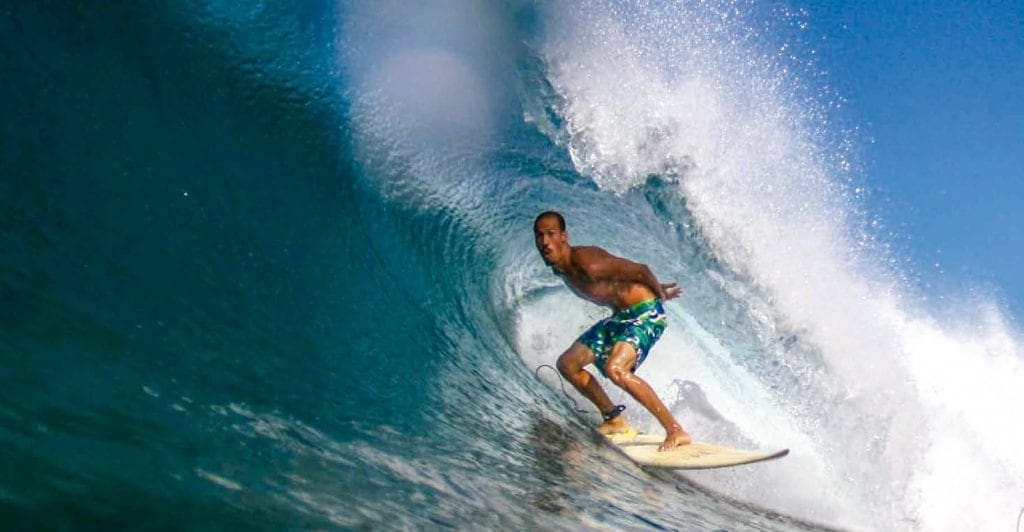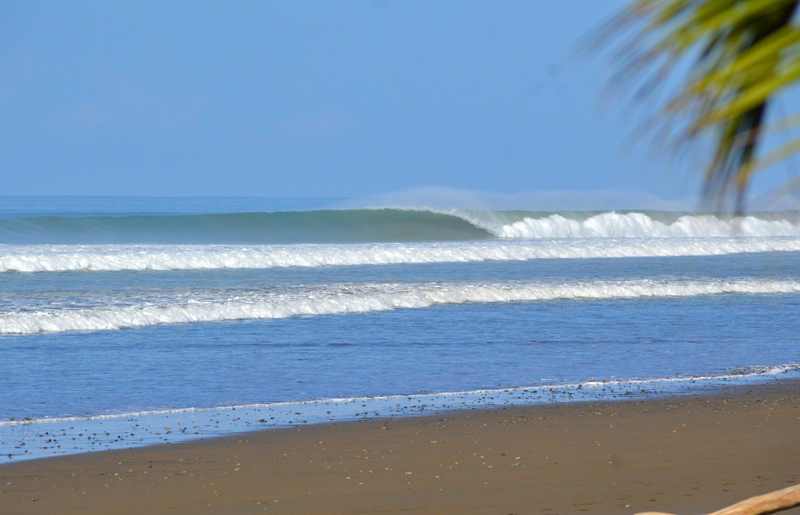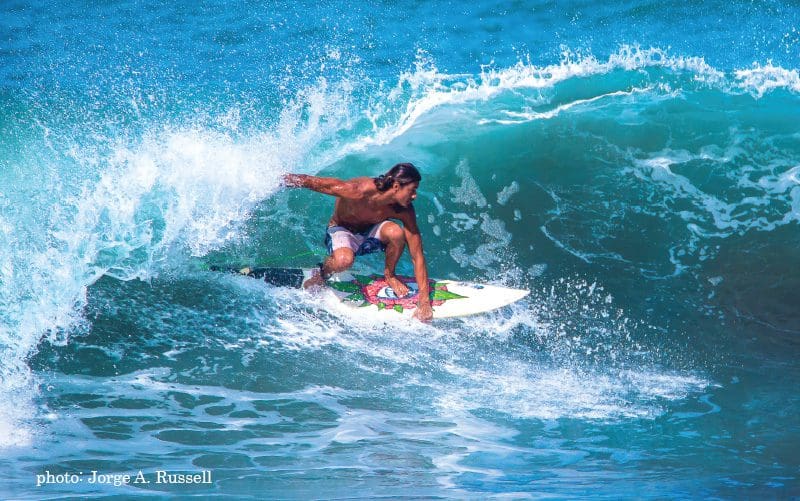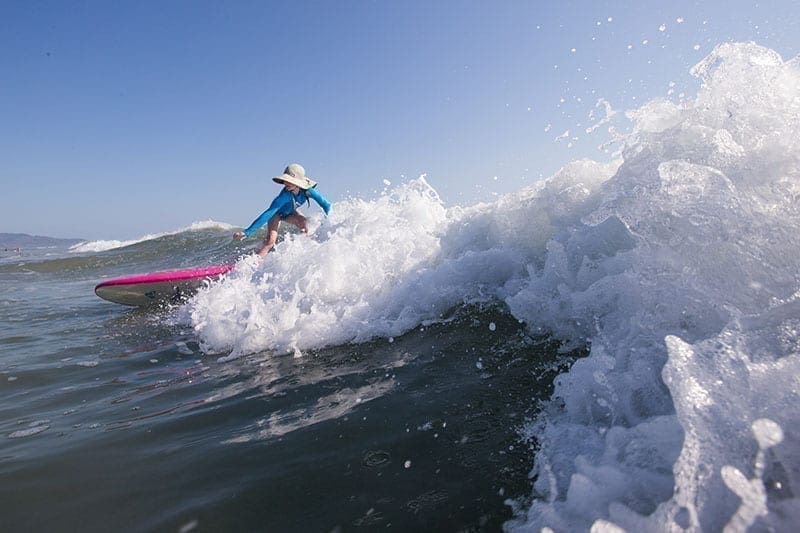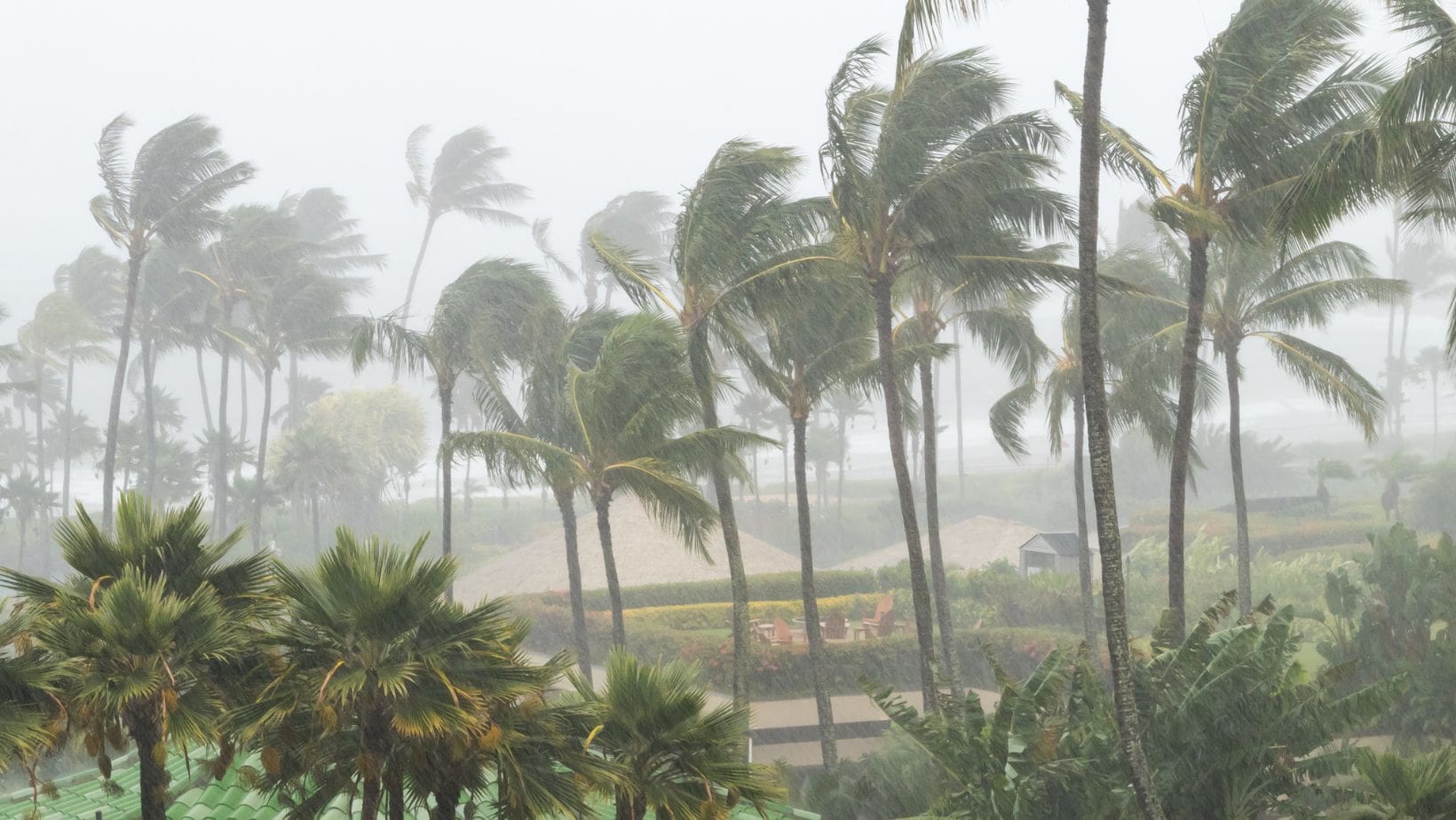
The Onshore Winds and Their Seasonal Influence on Surfing in Costa Rica
In the heart of Costa Rica’s vibrant landscape, the Papagayo winds stand as a defining natural wonder, especially prominent in Northern Guanacaste. These winds, deriving their name from the Gulf of Papagayo, transcend beyond mere meteorological significance. They rhythmically dictate the daily life and surfing dynamics along the Pacific Coast. As we delve deeper into understanding these robust winds, we uncover not just their meteorological roots and their profound influence on surfing, but also their intricate tie to local traditions and ways of life. The Papagayo winds, with their distinct vigor and character, capture the essence of Costa Rica’s dynamic spirit, seamlessly blending with the country’s stunning natural allure and the adventurous ethos of its inhabitants.
Additionally, Costa Rica, renowned for its surf, is shaped by another critical meteorological element: the onshore winds. Predominantly from December to April, these winds originate from the Caribbean, sweep through Nicaragua, and significantly affect Costa Rica’s northwest Pacific shores, particularly the Guanacaste region. Their impact on surfing is profound; strong onshore winds churn the sea into choppy waters, posing a challenge to even seasoned surfers. Conversely, gentler winds can create ideal, consistent waves. Notably, beaches like Playa Grande, Tamarindo, and Playa Negra remain sought-after surf spots during this season, thanks to natural barriers that soften the wind’s effects.
For surfers, adapting to these onshore conditions requires preparation and an understanding of the local weather. Choosing heavier boards for stability and wearing full wetsuits for protection against the cooler breezes are part of this adaptation. Moreover, these winds are ecologically significant, particularly in shaping the dry season in northwestern Costa Rica. This ecological role highlights the need for surfers and visitors alike to foster respect and appreciation for the natural environment.
Embracing the variability of onshore winds offers surfers a distinctive challenge and opportunity in Costa Rica. It encourages adaptability, inviting them to explore different locales and embrace the ever-changing wave conditions. Furthermore, as Costa Rica continues to be a premier surfing destination, advocating for sustainable surfing practices becomes crucial. This includes respecting local communities, preserving the pristine beauty of the beaches, and minimizing environmental impacts.
The onshore winds in Costa Rica, prevalent from December to April, are pivotal to the nation’s surfing landscape. Understanding and adapting to these winds are essential for surfers eager to engage with the diverse and vibrant surf experiences offered by this enchanting surfing paradise.

